Home>Garden Essentials>How Much Green Space Per Person In The City
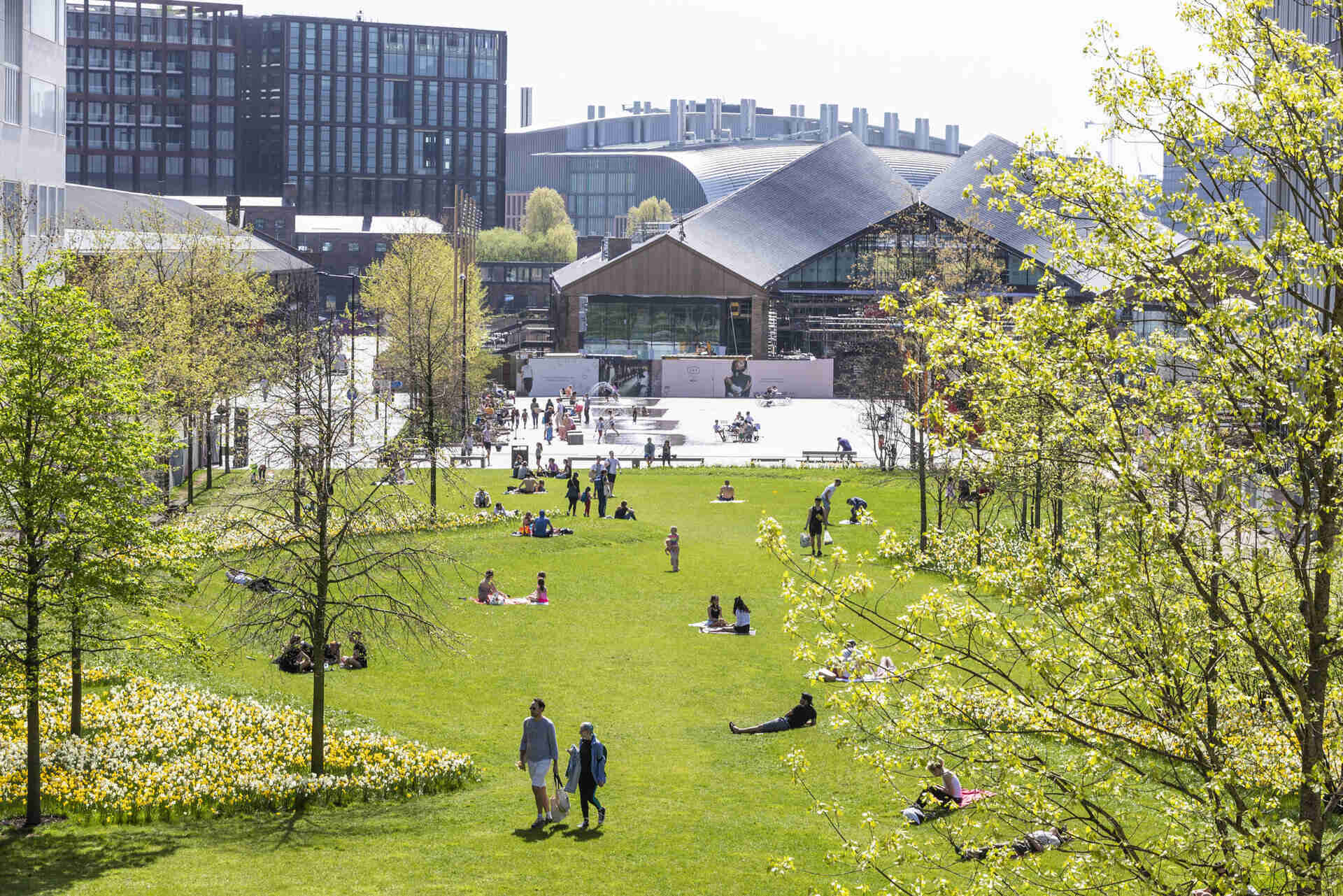

Garden Essentials
How Much Green Space Per Person In The City
Modified: March 7, 2024
Discover the ideal amount of green space per person in urban areas. Enhance your city living experience with gardens and create a healthier environment for all. Learn more!
(Many of the links in this article redirect to a specific reviewed product. Your purchase of these products through affiliate links helps to generate commission for Storables.com, at no extra cost. Learn more)
Introduction
Welcome to the green oasis within the concrete jungle – the world of urban gardening! As cities continue to expand and urbanization becomes more prevalent, the importance of green space in our urban environments cannot be overstated. The availability of green spaces, such as parks, gardens, and public green areas, has a profound impact on the overall well-being of urban dwellers.
Defining green space, it refers to any area dominated by vegetation, including parks, community gardens, rooftop gardens, and even street-side plantings. These pockets of nature play a crucial role in improving air quality, reducing noise pollution, providing recreational spaces, and enhancing the aesthetic appeal of cities.
So why are green spaces so vital in urban areas? Research has shown that exposure to greenery has a positive impact on mental health and overall quality of life. It helps to reduce stress, anxiety, and depression. Spending time in green spaces can also boost creativity and productivity, improve physical health, and foster a sense of community.
However, the amount of green space per person in a city can vary significantly. Several factors influence the availability of green spaces, including population density, urban planning policies, land availability, and budget allocation. In this article, we will explore the factors affecting the amount of green space per person, international standards for green space allocation, case studies of cities with varying green space ratios, challenges and solutions for increasing green space, and innovative approaches to maximize green space in urban areas.
By understanding the importance of green space and exploring effective strategies to increase it, we can create healthier and more livable cities for all. So, let’s dive into the green world and discover the wonders of urban gardening!
Key Takeaways:
- Green spaces in cities, like parks and gardens, are crucial for our health and well-being. They provide a peaceful escape from city life, reduce stress, and promote physical activity.
- Cities can use innovative solutions like vertical gardens and urban farms to maximize green spaces. Involving the community and adapting international standards can create healthier and more vibrant urban environments.
Read more: How Many Racks Of Ribs Per Person
What is Green Space?
Green space refers to any area within an urban environment that is predominantly covered in vegetation. It includes public parks, gardens, open green areas, forests, wetlands, and even roadside plantings. Essentially, green spaces are pockets of nature that exist within the concrete jungles of cities.
These areas play a crucial role in enhancing the quality of urban life. They provide a reprieve from the hustle and bustle of city living and offer numerous benefits to both individuals and communities as a whole. Green spaces are not only visually appealing but also have a positive impact on physical, mental, and social well-being.
In terms of physical health, green spaces offer opportunities for outdoor activities, promoting a more active lifestyle. People can engage in activities like walking, jogging, cycling, and picnicking, which are essential for maintaining good physical health. These spaces also provide cleaner air by absorbing pollutants and emitting oxygen, improving the overall air quality in the surrounding area.
Mentally, being surrounded by nature has a calming effect on individuals. It helps reduce stress, anxiety, and even symptoms of depression. Spending time in green spaces allows people to escape the urban noise and find solace in the peaceful ambiance of nature. The soothing sounds, pleasant scents, and vibrant colors of plants and flowers contribute to a sense of tranquility that invigorates the mind and rejuvenates the spirit.
Green spaces also foster a sense of community and social well-being. They provide meeting places for people to gather, interact, and engage in recreational activities. Whether it is a picnic with family and friends, a yoga session in the park, or a community gardening event, green spaces encourage social connections and help build stronger communities.
Moreover, green spaces have a positive impact on the visual aesthetics of cities. They create a balance between the built environment and nature, softening the harsh concrete structures and adding beauty and color to urban landscapes. The presence of green spaces makes cities more visually appealing, attracting residents and visitors alike.
Overall, green spaces are essential components of urban environments. They contribute to physical and mental well-being, promote a sense of community, improve air quality, and enhance the aesthetic appeal of cities. As we delve deeper into the topic, we will explore the factors that influence the amount of green space per person in cities, the international standards for green space allocation, and various strategies to increase and maximize green spaces in urban areas.
Benefits of Green Space in Cities
Green spaces in cities offer a plethora of benefits to residents, communities, and the environment. These areas of vegetation play a crucial role in enhancing the overall well-being and quality of life in urban areas. Let’s explore the various benefits of green space:
- Improved Physical and Mental Health: Access to green spaces encourages physical activity and outdoor recreation, leading to improved physical health. Activities such as walking, jogging, and cycling not only promote fitness but also help reduce the risk of chronic diseases. Additionally, spending time in green spaces has a positive impact on mental health, reducing stress, anxiety, and depression. Nature’s calming effect and the tranquility of green environments contribute to overall well-being.
- Enhanced Air Quality: Green spaces act as natural filters, absorbing pollutants from the air and releasing oxygen. Trees and plants help in reducing air pollution by trapping harmful substances and particulate matter. This contributes to cleaner and healthier air in cities, improving respiratory health and reducing the risk of certain respiratory conditions.
- Noise Reduction: Vegetation in green spaces can effectively absorb and block out noise, making them important for noise reduction. Trees, shrubs, and grassy areas act as natural sound barriers, diminishing the impact of noise pollution from traffic, construction, and other urban activities. This results in a more peaceful and tranquil living environment.
- Climate Mitigation: Green spaces play a crucial role in mitigating the urban heat island effect. The shade provided by trees and other vegetation helps to reduce surface temperatures in urban areas. Green roofs and vertical gardens help cool buildings, reduce energy consumption, and combat climate change by absorbing carbon dioxide and releasing oxygen.
- Enhanced Biodiversity: Green spaces provide habitats for a variety of plants, animals, and insect species. They act as ecological corridors, allowing wildlife to navigate through urban areas and promoting biodiversity. Urban green spaces contribute to the preservation of local flora and fauna, supporting the overall ecological balance.
- Social and Community Benefits: Green spaces provide gathering places for communities, encouraging social interactions and fostering a sense of belonging. Parks and gardens serve as venues for festivals, concerts, and recreational activities, bringing people together. Green spaces also promote social equality, offering free and accessible spaces for people of all ages and socioeconomic backgrounds to enjoy.
- Property Value Enhancement: Properties located near green spaces are often highly sought after and have higher market values. The presence of a well-maintained park or garden in the vicinity can significantly enhance the overall desirability and aesthetics of a neighborhood. This can lead to increased property values and economic benefits for the community.
These are just a few of the many benefits that green spaces bring to cities. From improving physical and mental health to fostering a sense of community and enhancing the environment, the presence of green spaces is vital for creating sustainable and livable urban environments.
Factors Affecting the Amount of Green Space per Person
The availability of green space per person in a city is influenced by a variety of factors. These factors directly impact the allocation, distribution, and accessibility of green spaces within urban areas. Let’s explore some of the key factors affecting the amount of green space per person:
- Population Density: The population density of a city is a significant factor in determining the amount of green space per person. In densely populated cities, space is limited, and there is greater competition for land. This often results in smaller green spaces or a limited number of green spaces.
- Urban Planning Policies: The urban planning policies and regulations implemented by city governments play a crucial role in determining the amount and distribution of green space. Cities with well-defined urban planning policies that prioritize the inclusion of green spaces tend to have more abundant and well-distributed green areas.
- Land Availability: The availability of suitable land for creating green spaces is an essential factor. In cities with limited available land, it becomes challenging to allocate sufficient space for green areas. Urban areas that have protected natural reserves or large tracts of undeveloped land have more opportunities to create extensive green spaces.
- Budget Allocation: The financial resources allocated to the development and maintenance of green spaces also significantly impact their availability. Cities that dedicate a substantial budget to green spaces are more likely to have larger, well-maintained parks and gardens. However, limited funding can result in insufficient maintenance and reduced access to green spaces.
- Socioeconomic Factors: Socioeconomic factors, including income inequality and social disparities, can influence the distribution of green spaces. Affluent neighborhoods tend to have better access to green areas and well-maintained parks compared to lower-income neighborhoods. This disparity can lead to unequal access to the benefits of green spaces across different socioeconomic groups.
- Community Engagement and Participation: The involvement of communities in the planning, development, and maintenance of green spaces can significantly impact the availability and quality of such areas. Active community engagement and participation can lead to the creation of community gardens, green initiatives, and the preservation of existing green spaces.
- Cultural and Historical Factors: Cultural and historical factors can influence the design and availability of green spaces in cities. Some cities have a strong cultural heritage of incorporating green spaces, while others may have historical parks and gardens that have been preserved over time. These factors can play a role in the amount and distribution of green spaces in urban areas.
It is important to consider these factors when planning and developing green spaces in cities. Understanding the unique characteristics and challenges of each city can help policymakers and urban planners make informed decisions to ensure equitable access to green spaces for all residents, regardless of their location or socioeconomic status.
International Standards and Recommendations for Green Space Allocation
Recognizing the importance of green spaces in enhancing the quality of urban life, various international organizations and experts have established standards and recommendations for green space allocation in cities. These guidelines serve as benchmarks to ensure that cities provide sufficient green spaces for their residents. Let’s explore some of the key international standards and recommendations:
- World Health Organization (WHO): The WHO recommends a minimum of 9-10 square meters of green space per person as a general guideline. However, it is important to note that this is a broad recommendation and may vary depending on factors such as population density and urban context.
- European Commission (EC): The EC suggests a range of 15-25 square meters of green space per person as a benchmark for European cities. This recommendation takes into account factors such as population density and aims to provide residents with adequate access to green areas for recreation and well-being.
- United Nations (UN): The UN Sustainable Development Goals (SDGs) emphasize the importance of creating sustainable cities and communities. Goal 11 specifically targets the need to provide inclusive, safe, resilient, and sustainable green spaces in urban areas. This goal encourages cities to prioritize the development and maintenance of green spaces for the well-being of their residents.
- National Guidelines: Many countries have their own national guidelines for green space allocation. For example, in the United Kingdom, the National Planning Policy Framework recommends a minimum of 2.4 hectares of accessible natural green space per 1,000 residents in urban areas. These national guidelines provide local authorities with a framework for planning and designating green spaces.
- Smart Cities Frameworks: Smart cities initiatives worldwide incorporate the importance of green spaces in their planning frameworks. These frameworks emphasize the integration of technology and sustainability to create livable and resilient urban environments. Smart city initiatives often include the allocation of green spaces as part of their strategies for improving the quality of life for residents.
- Urban Biodiversity Strategies: Many cities have developed urban biodiversity strategies, aiming to protect and enhance urban ecosystems. These strategies recognize the importance of green spaces in supporting biodiversity and promote the creation of wildlife-friendly habitats within cities. They often include recommendations for the allocation and management of green spaces in urban areas.
While these international standards and recommendations provide useful guidelines for green space allocation, it is important to adapt them to the local context and consider the specific needs and characteristics of each city. Factors such as population density, cultural diversity, and environmental conditions should be taken into account to ensure the effective allocation and utilization of green spaces.
By adhering to these international standards and recommendations, cities can prioritize the development and preservation of green spaces, fostering healthier and more sustainable urban environments for their residents.
Look for city planning documents or reports from the local government to find the amount of green space per person in the city. This information can help you understand the availability of natural areas for recreation and relaxation.
Case Studies of Cities with Varying Green Space per Person Ratios
Examining case studies of cities with varying green space per person ratios provides valuable insights into the impact of green space allocation on urban environments and residents’ quality of life. Let’s explore a few examples:
- Singapore: Singapore is known for its transformation into a lush and green city-state despite being highly urbanized. The government has made green spaces a priority, with a target of achieving 75 square meters of green space per person by 2030. The city-state has successfully integrated green spaces into its urban fabric, with initiatives such as rooftop gardens, vertical greening, and the preservation of natural areas like the Bukit Timah Nature Reserve. The widespread presence of green spaces has contributed to a higher quality of life and improved environmental sustainability.
- Copenhagen, Denmark: Copenhagen is renowned for its commitment to sustainability and livability. The city has dedicated significant efforts to increase green spaces and create a more connected urban environment. It has an impressive green space per person ratio of over 50 square meters. Parks like the King’s Garden and the Superkilen urban park have not only enhanced the city’s visual appeal but also promoted social interaction and community engagement. Copenhagen’s focus on green spaces has contributed to its reputation as one of the world’s most livable cities.
- Tokyo, Japan: Tokyo, a bustling metropolis known for its technological advancements, has also recognized the importance of green spaces. The city has approximately 30 square meters of green space per person. Tokyo’s green spaces include gardens, parks, and even urban farmlands. The iconic Shinjuku Gyoen National Garden and Ueno Park provide residents and visitors with an escape from the city’s fast-paced lifestyle, offering opportunities for relaxation and recreation.
- Mumbai, India: Mumbai, one of the most densely populated cities in the world, faces challenges in providing ample green spaces. With just over 1 square meter of green space per person, the city struggles to meet international standards. However, efforts are being made to increase green spaces. Initiatives like the Mumbai Metropolitan Region Development Authority’s plan to develop 1000+ parks and open spaces aim to enhance the city’s green cover. Projects like the Mahim Nature Park and urban farms are also contributing to the city’s green space expansion.
- Portland, United States: Portland, known for its sustainable practices and commitment to the environment, has successfully integrated green spaces into its urban fabric. The city boasts over 15 square meters of green space per person. Parks like Forest Park, the largest urban forest in the United States, and the Tom McCall Waterfront Park provide residents and visitors with ample opportunities to connect with nature and engage in outdoor activities. Portland’s green spaces contribute to the city’s reputation as an environmentally friendly and livable city.
These case studies demonstrate the significance of green space allocation in creating healthy, sustainable, and livable cities. They showcase the positive impact that ample green spaces can have on residents’ physical and mental well-being, environmental sustainability, and community engagement. They also highlight the importance of proactive planning, community involvement, and government support in achieving an optimal green space per person ratio.
By learning from these case studies, cities worldwide can develop strategies to increase green space and improve the overall quality of life for their residents.
Challenges and Solutions for Increasing Green Space in Cities
While the benefits of green space in cities are well-established, increasing and maintaining green spaces can present various challenges. However, with strategic planning and innovative approaches, these challenges can be overcome. Let’s explore some of the common challenges and potential solutions for increasing green space in cities:
- Limited Space: One of the primary challenges is the scarcity of available land in densely populated cities. To address this, cities can implement vertical greening strategies, such as green walls or rooftop gardens, to maximize the use of limited space. Incorporating green spaces in multistory buildings, creating urban farms, and utilizing underutilized spaces like parking lots can also help increase green areas in urban environments.
- Financial Constraints: Budget limitations can hinder green space development and maintenance. To overcome this, cities can explore partnerships with private enterprises, nonprofits, and community groups. These collaborations can provide funding, resources, and expertise to develop and maintain green spaces. Additionally, implementing sustainable funding mechanisms, such as levies or taxes, dedicated to green space development, can ensure a consistent financial stream for ongoing maintenance.
- Community Engagement: Engaging and involving the community is crucial for successful green space initiatives. Lack of community awareness and support can hinder the development and maintenance of green spaces. Cities can foster community ownership by involving residents in the planning and decision-making processes, creating community gardens, and organizing events that promote green space awareness. Building partnerships with local schools, businesses, and community organizations can also encourage community involvement in green space initiatives.
- Urban Heat Island Effect: Urban areas are prone to the urban heat island effect, where temperatures are significantly higher than in surrounding rural areas due to the absence of greenery. To address this, cities can implement urban forestry programs, increase tree planting in public spaces, and encourage the use of green roofs and green walls. These strategies help regulate temperatures, reduce energy consumption, and improve overall comfort in urban areas.
- Pollution and Soil Contamination: Pollution and soil contamination in urban areas can be a challenge for green space development. Implementing soil remediation techniques, such as phytoremediation, can help detoxify contaminated soil and make it suitable for planting. Additionally, cities can prioritize the creation of green spaces in areas where pollution levels are lower, or implement air purification technologies like green walls or specific plant selection to mitigate the effects of pollution.
- Equitable Access: Ensuring equitable access to green spaces for all residents, regardless of socioeconomic status or location, is vital. Cities can address this challenge by implementing a strategic approach to green space distribution. Allocating green spaces in underserved neighborhoods, investing in upgrading and maintaining existing parks in economically disadvantaged areas, and improving public transportation infrastructure to connect residents to green spaces are effective ways to promote equitable access.
Meeting the challenges of increasing green space in cities requires a holistic and multi-faceted approach. By considering these solutions and tailoring them to the specific context of each city, urban areas can create a more sustainable, livable, and vibrant environment for their residents.
Innovative Approaches to Maximize Green Space in Urban Areas
As urban areas continue to grow, finding innovative approaches to maximize green space becomes essential. These approaches not only address the limitations of available land but also promote sustainable and creative solutions for integrating green spaces into our cities. Let’s explore some innovative approaches to maximizing green space in urban areas:
- Vertical Gardens: Vertical gardens, also known as green walls or living walls, are an effective way to add greenery to urban environments without requiring significant land area. These structures consist of plants grown vertically on building facades, helping to reduce the urban heat island effect, improve air quality, and enhance the visual aesthetics of buildings. Vertical gardens can be implemented on both new and existing buildings, providing additional green spaces in densely populated areas.
- Green Roofs: Green roofs involve the installation of vegetation on rooftops of buildings. They provide multiple benefits, including insulation, stormwater management, and reduction of energy consumption. In urban areas where land is limited, green roofs transform otherwise unused space into valuable green areas. They also contribute to biodiversity and provide a peaceful retreat for residents and wildlife.
- Pocket Parks: Pocket parks are small green spaces located within urban areas. These mini-gardens, often created on vacant lots or in-between buildings, provide areas for relaxation, recreation, and community gathering. By repurposing underutilized spaces, pocket parks maximize the use of available land and contribute to the overall green space network of a city.
- Green Streets and Alleyways: Transforming streets and alleys into green corridors can significantly increase the amount of green space in urban areas. By integrating trees, plantings, and permeable surfaces in streetscapes, cities create a healthier and more inviting environment for pedestrians and cyclists. These green corridors also help mitigate the effects of urban heat islands and promote biodiversity.
- Urban Farms and Community Gardens: Urban farms and community gardens provide opportunities for residents to actively participate in growing their food and cultivating green spaces. By repurposing vacant lots or rooftops, urban farming initiatives contribute to local food production, community engagement, and greening of urban areas. These initiatives not only maximize land use but also promote sustainable food systems and support local communities.
- Green Infrastructure and Multi-Functional Spaces: Integrating green infrastructure into urban design can maximize the benefits of green spaces. For example, creating rain gardens that capture and filter stormwater runoff while providing green areas, or incorporating bike lanes with tree plantings, not only enhances the aesthetics of the city but also improves sustainability and livability.
- Modular and Mobile Green Spaces: Modular green spaces offer flexibility and adaptability in urban environments. These portable green spaces can be easily moved and reconfigured to meet the changing needs of a city. Mobile parklets, park benches with built-in planters, and movable plant containers are examples of modular green spaces that can be strategically placed in different locations to provide temporary green areas where needed.
These innovative approaches demonstrate that incorporating green spaces into urban areas is not confined to traditional parks and gardens. By thinking creatively, utilizing unused spaces, and implementing sustainable practices, cities can maximize the potential for green space and create healthier, more vibrant urban environments.
It is crucial for city planners, architects, and policymakers to consider these innovative approaches and adapt them to the unique characteristics and needs of their cities, ultimately fostering greener and more livable urban landscapes for present and future generations.
Conclusion
In conclusion, green spaces play a vital role in creating healthier and more livable urban environments. They offer a wide range of benefits for both individuals and communities, including improved physical and mental health, enhanced air quality, noise reduction, and social connectivity. However, achieving an optimal amount of green space per person in cities can be challenging due to factors such as limited space, financial constraints, and urbanization pressures.
International standards and recommendations provide guidelines for green space allocation, recognizing the importance of ensuring adequate access to green spaces for urban residents. Case studies of cities around the world illustrate the impact of different green space per person ratios on the quality of life and environmental sustainability. These studies highlight the importance of proactive planning, community involvement, and government support in creating and maintaining green spaces in cities.
To overcome the challenges of increasing green space in urban areas, innovative approaches are emerging. Vertical gardens, green roofs, pocket parks, and urban farms are just a few examples of how cities are maximizing the use of limited space and integrating greenery into urban landscapes. These innovative solutions not only enhance the visual appeal of cities but also contribute to environmental sustainability and community well-being.
Creating and maintaining green spaces requires a collaborative effort involving urban planners, policymakers, community organizations, and residents. It is essential to prioritize equitable access to green spaces, considering the needs of diverse communities and promoting social inclusion. Engaging the community in the planning and implementation process fosters a sense of ownership and encourages the long-term sustainability of green spaces.
As we face increasing urbanization and the need for sustainable development, investing in green spaces becomes more crucial than ever. By recognizing the multifaceted benefits of green spaces and implementing innovative approaches, cities can create healthier, more resilient, and more vibrant urban environments for generations to come.
So, let’s embrace the power of urban gardening and continue to prioritize and maximize green space in our cities, creating a harmonious blend of urban living and nature’s beauty.
Frequently Asked Questions about How Much Green Space Per Person In The City
Was this page helpful?
At Storables.com, we guarantee accurate and reliable information. Our content, validated by Expert Board Contributors, is crafted following stringent Editorial Policies. We're committed to providing you with well-researched, expert-backed insights for all your informational needs.
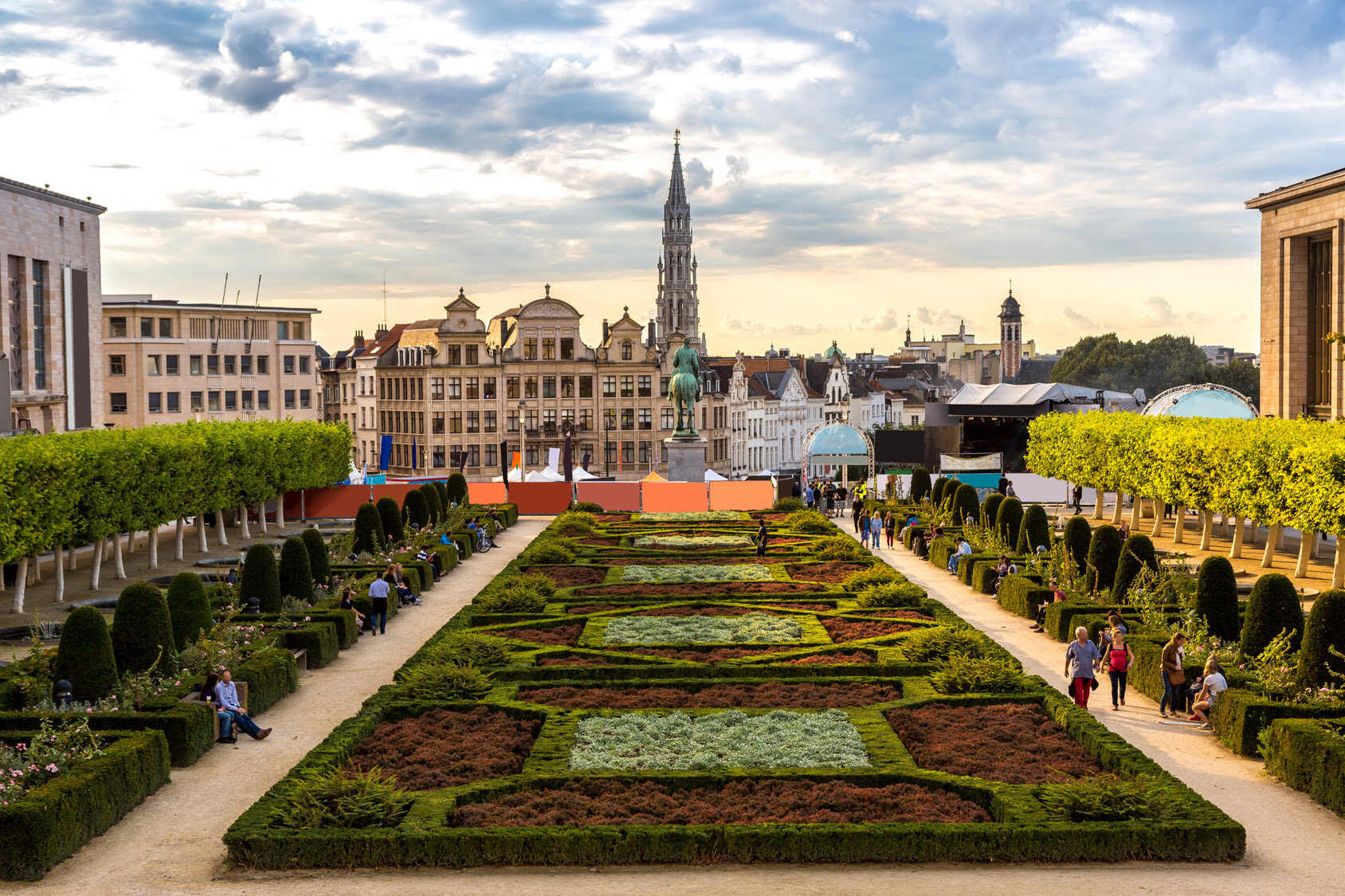

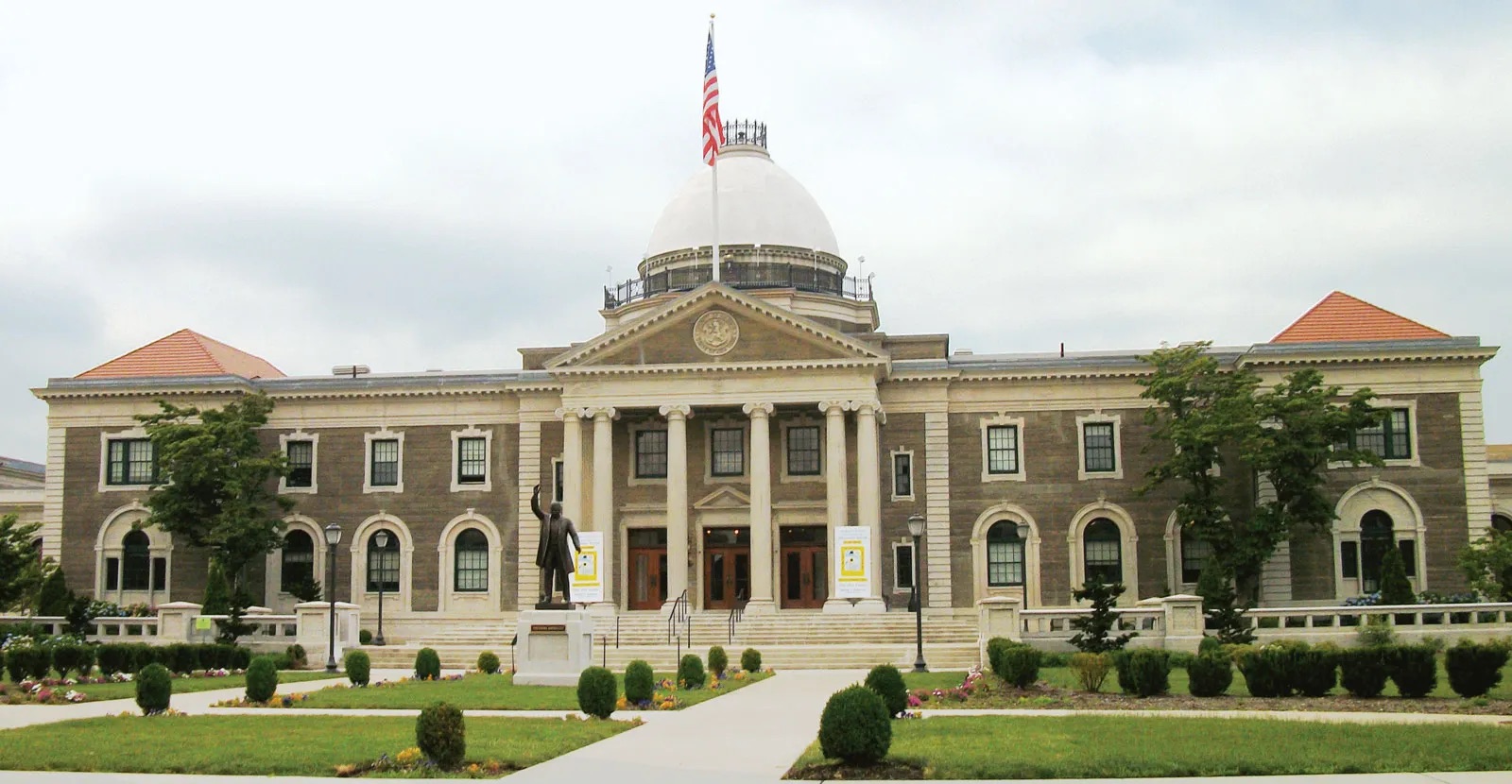


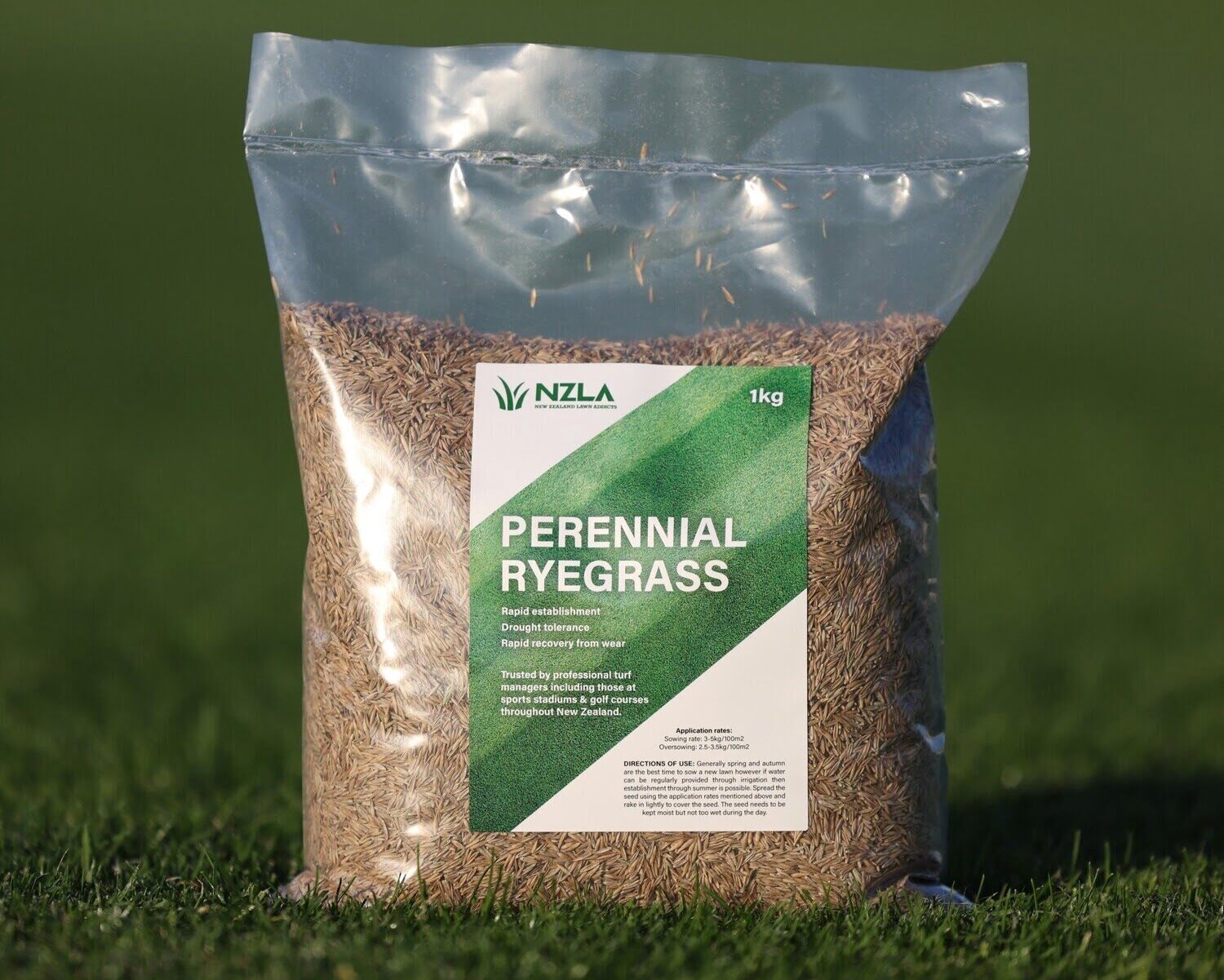
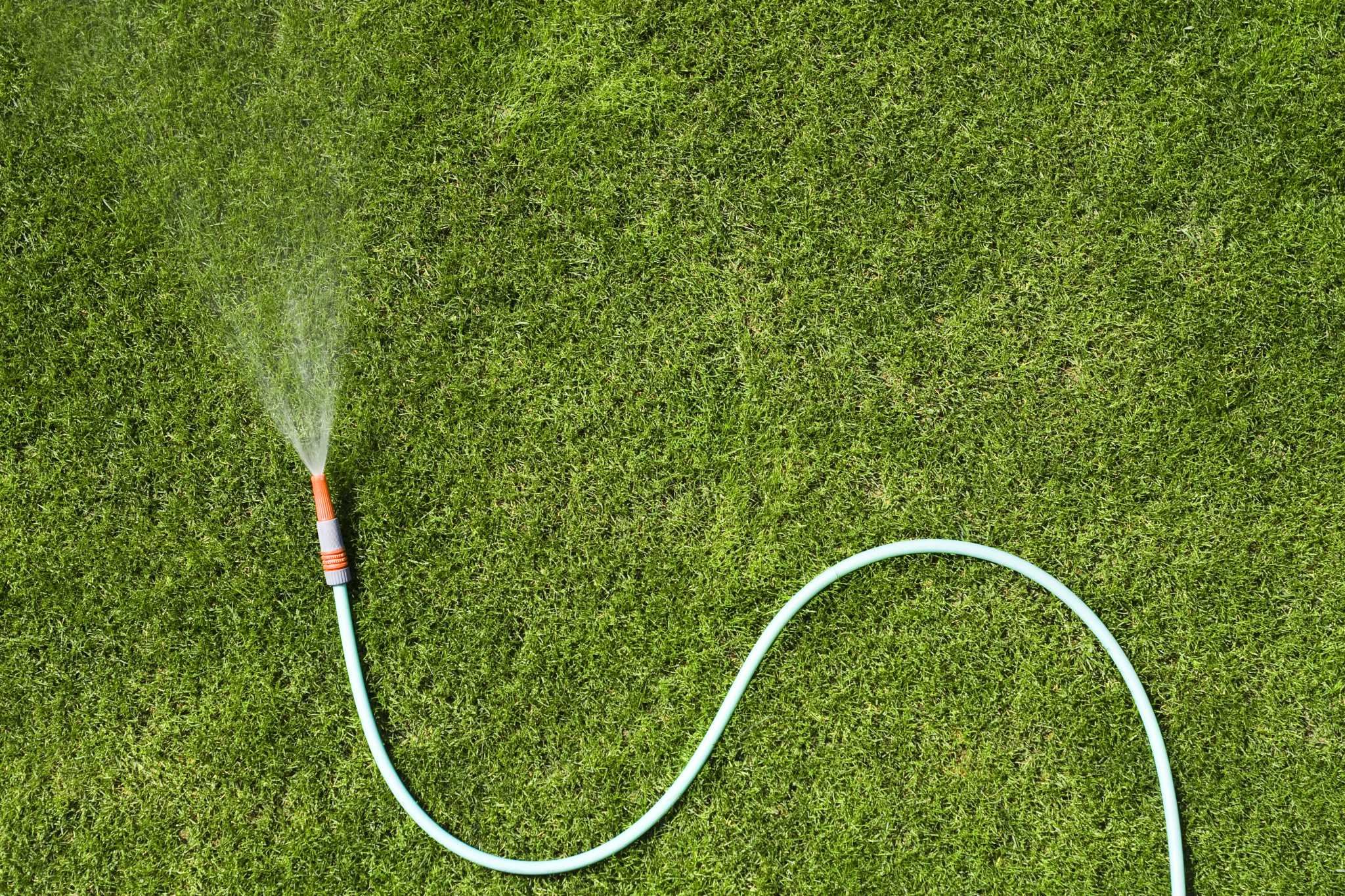


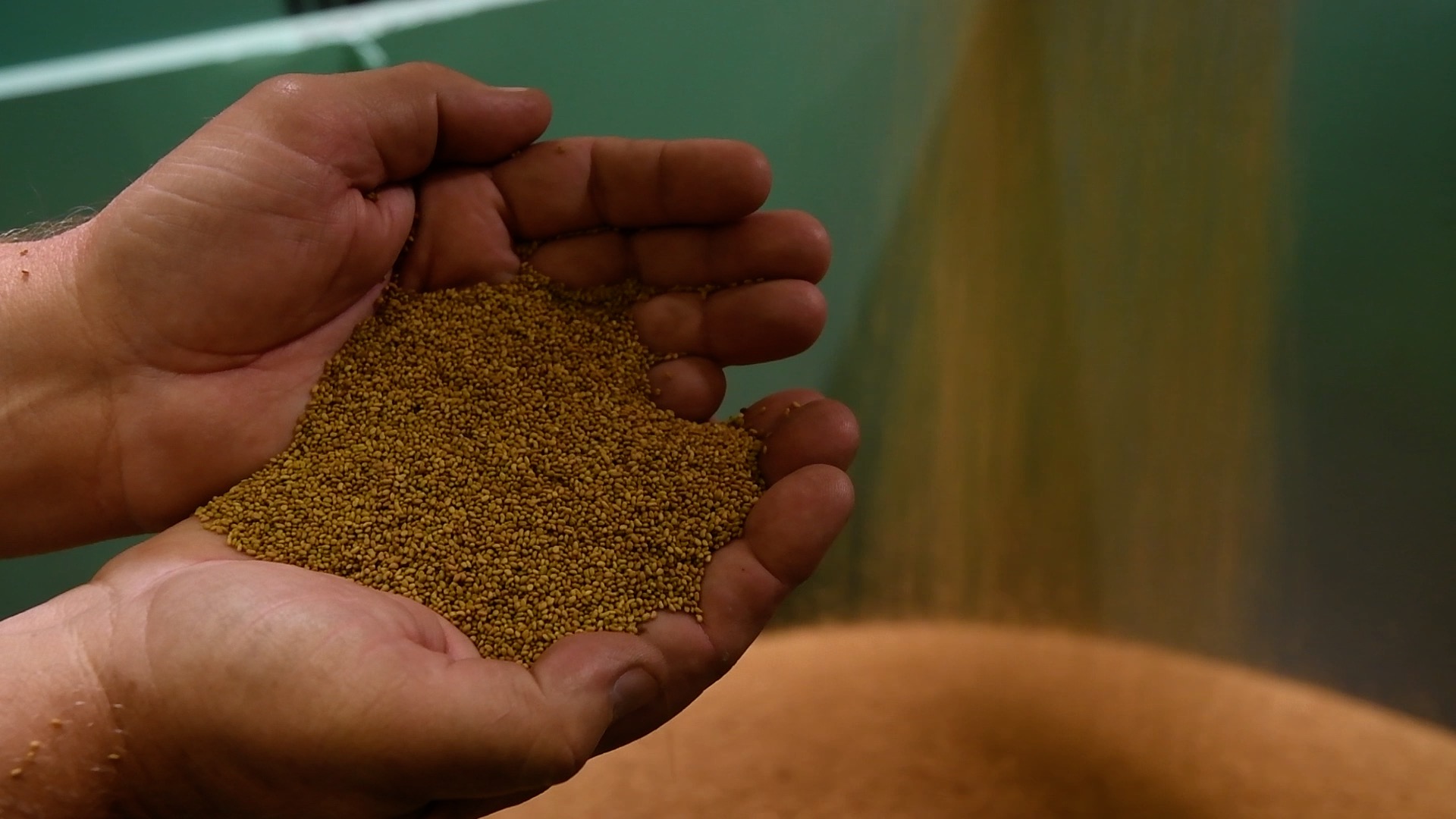
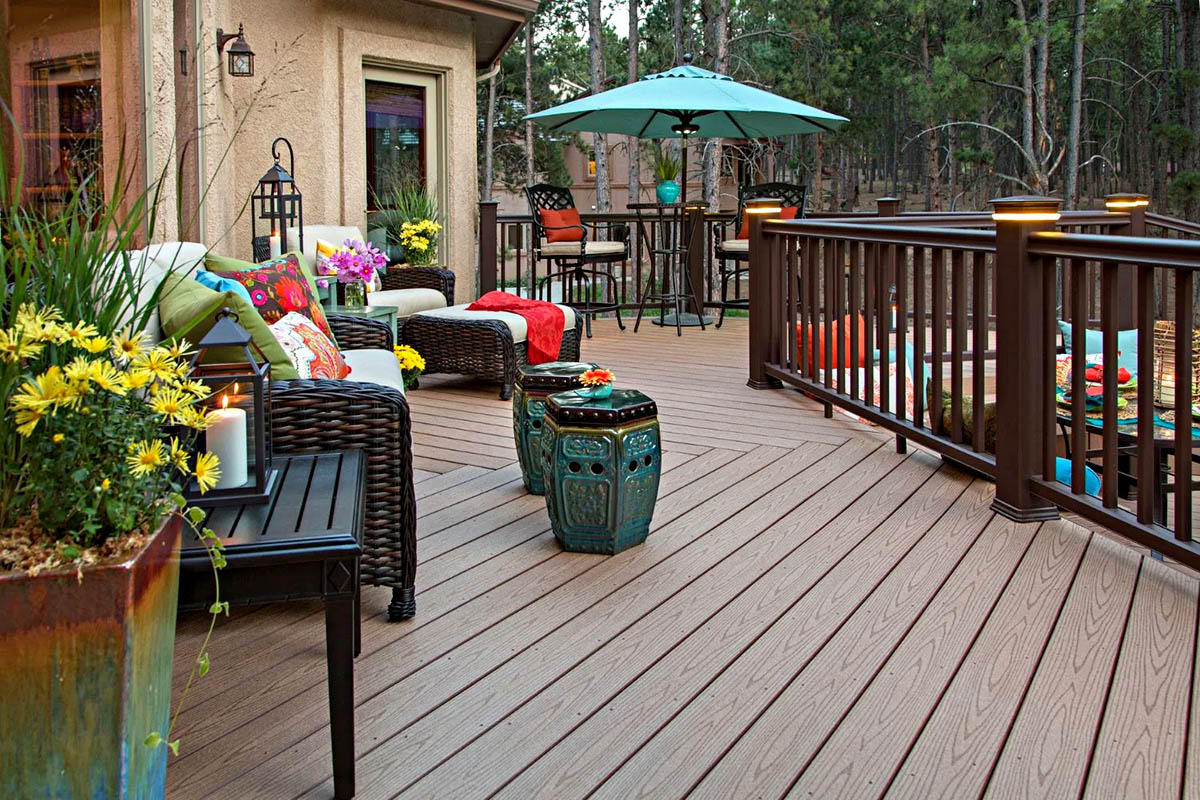

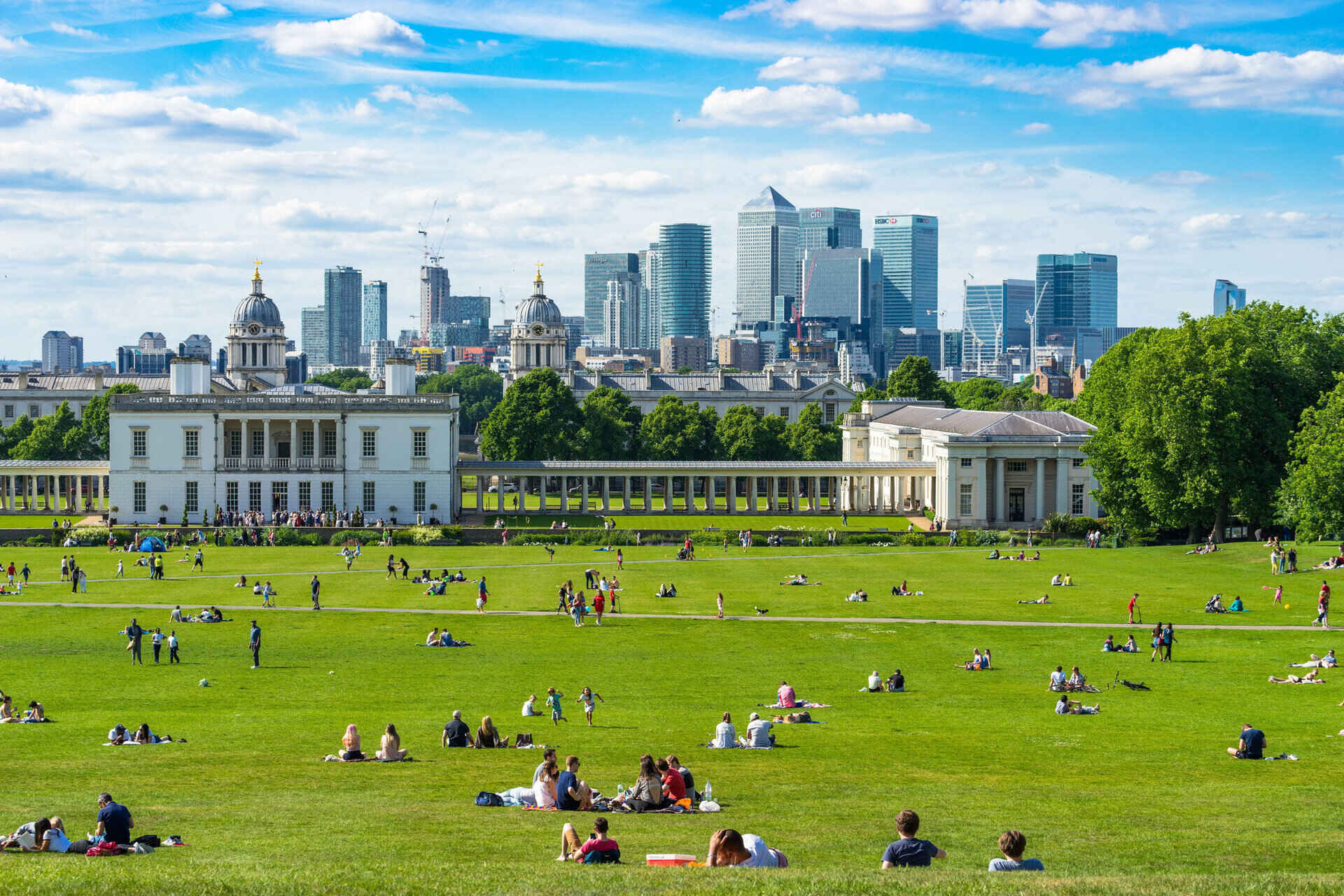
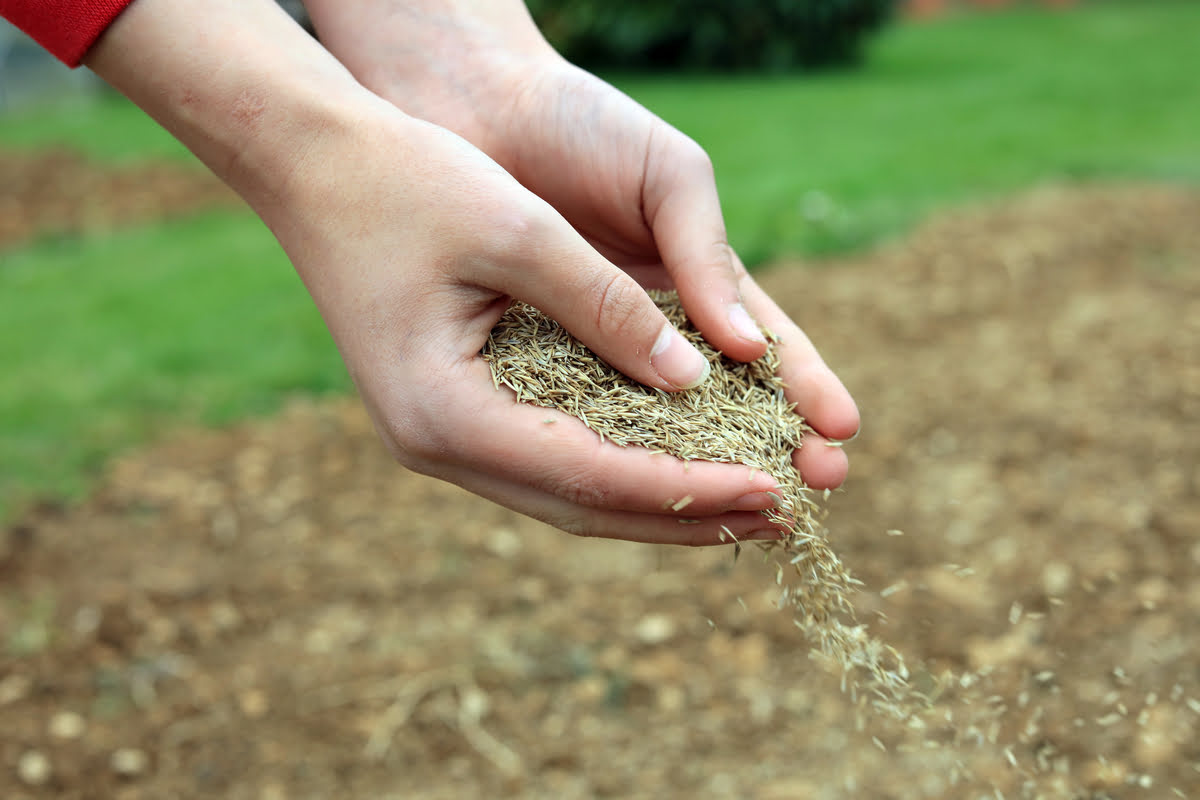

0 thoughts on “How Much Green Space Per Person In The City”